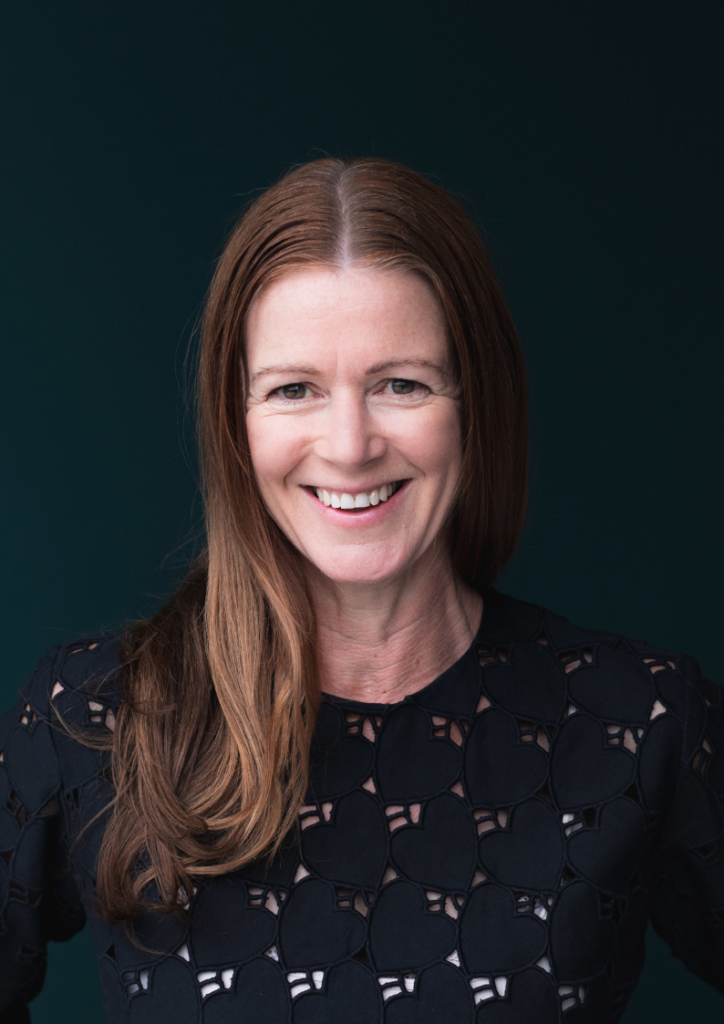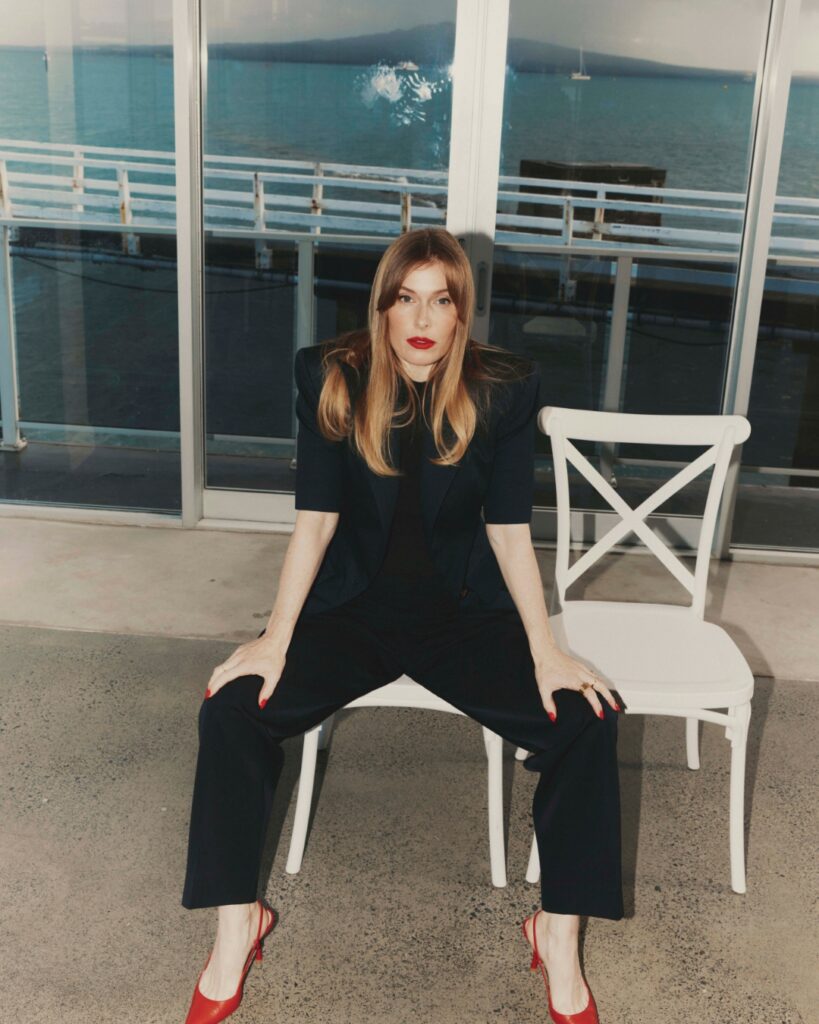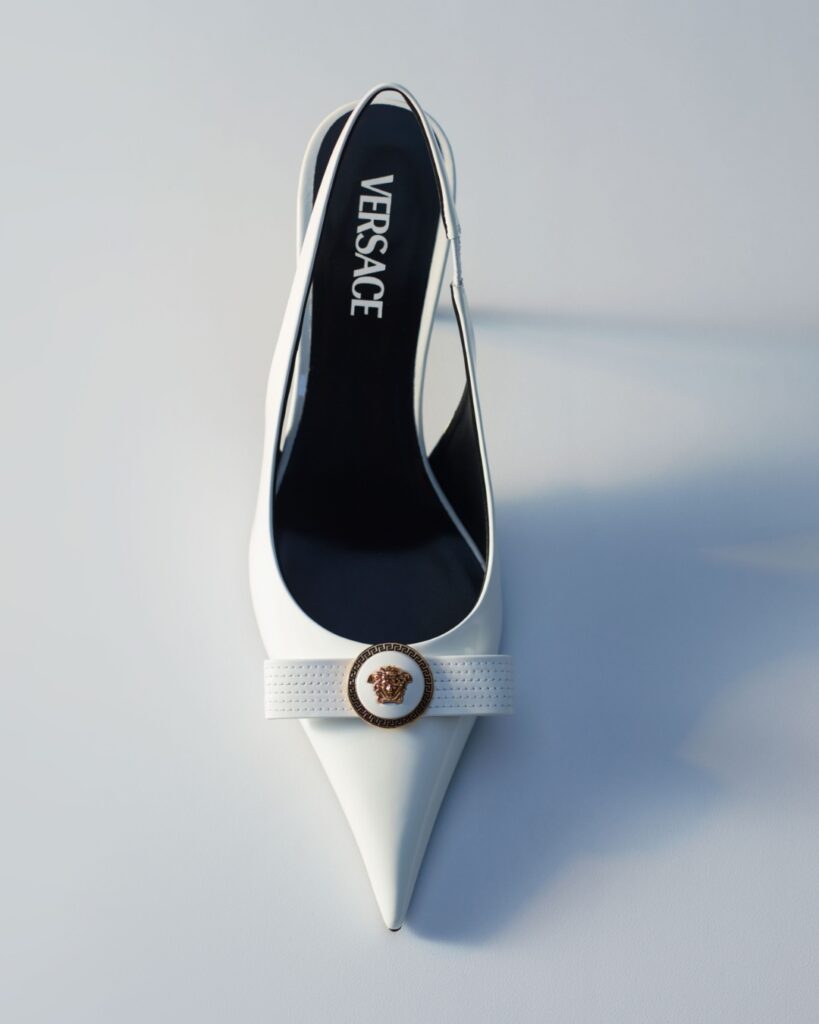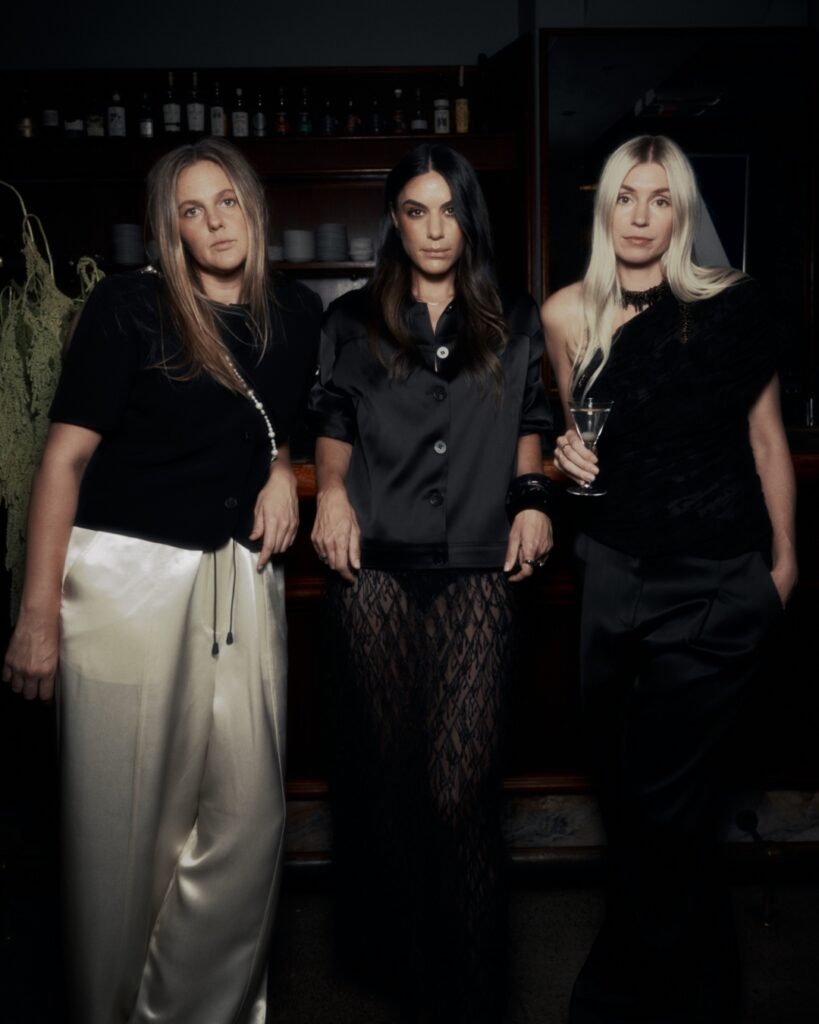
As I sit down to write about the future of fashion and sustainability, it’s ironic that my inbox is overflowing with a mountain of Black Friday emails. Both those touting ‘never seen before’ discounts, and their counterparts, the feel-good initiatives that encourage a more altruistic form of consumption. Knowing that we currently use 1.7 times the resources our earth provides each year to maintain our way of life, promoting this level of excessive consumption seems out of touch with reality.
The fashion industry contributes significantly to the challenges our world faces today. From climate change and biodiversity loss to pollution, inequality, and modern slavery, you name it, and our
clothes have a link.
Prior to 2020, momentum was building on addressing these challenges, albeit slowly. The industry was making some progress towards more sustainable practices with many companies starting to take action, and innovations emerging in design, materials, and production technology. However, progress has been haphazard, due in part to the highly complex nature of the challenges.
Global Fashion Agenda has been measuring the industry’s progress on addressing its impacts since 2017. It notes that while gains were made in 2018, in 2019, action was not nearly enough to outrun the industry’s own growth. Growth expected to further increase 81 per cent by 2030. And herein lies the challenge. In an industry where the core business model is built on growth and increasing volumes of production, how do you turn off the tap?
It goes without saying that 2020 has been a tumultuous year for the fashion industry. When Covid-19 struck early on, everything was thrown into turmoil and survival became the top priority. Cities came to a standstill, businesses were forced to stop trading, and orders were cancelled. Working from home and physical distancing became the new reality for some. Others – often those who already had it rough – were left without jobs, wages, or any form of social safety net. Worse still, some were forced to work without adequate health and safety protocols to fulfil orders for essential items. The inequality and exploitation present in fashion supply chains became glaringly obvious.
Clothing retailers have been hard hit in most countries, faced with long-term store closures, huge supply-chain disruptions, and shifting consumer sentiment. Fashion spending plummeted in April, with only essential services allowed to trade in New Zealand. Buying local became very important to New Zealanders as we realised the effects of the pandemic.
Research shows that ‘local’ and ‘price’ became the two most important factors in purchasing.
At the same time, the disruption to global supply chains has created increased demand for manufacturing locally. As well as removing the shipping challenges, local manufacturing allows brands to produce smaller production runs more quickly. Giving them an oversight of the entire process and the ability to respond rapidly to market demands.
With disruptions to global supply chains making fabric production difficult, we’ve seen creative approaches from luxury brands. Miu Miu, Coach, and Stella McCartney are following the lead of emerging independent designers such as Marine Serre and Christopher Raeburn, by incorporating old-season and remnant materials in a hybrid, upcycled way to create new collections.

Consumer attitudes are changing. Overall, a far more conscious shopper is emerging from 2020. A recent nationwide survey shows 51 per cent of Kiwis say that where they spend their money has become more important since Covid-19. There’s growing demand for more sustainable products and services that are good for the environment and society, and Generation Z in particular, are looking for brands to take a stand on issues such as climate change and diversity.
We’ve also seen a rapid rise in re-commerce, both in New Zealand and globally. Many are viewing it as a far more sustainable choice. Savvy brands are running their own resale platforms. In New Zealand, Kate Sylvester has Reloved, while Yu Mei has its Buyback Initiative. At the same time, a multitude of start-ups are creating peer-to-peer services that allow users to share/swap/sell items themselves.
These emerging models are focused on maximising the life of our clothes, which can reduce their environmental footprint markedly. Creating a sustainable future is a responsibility we all share. We need to live in harmony with each other and the planet to maintain the critical balance of our earth’s ecosystem. The United Nations has created a global roadmap to help us get there, in the form of the Sustainable Development Goals.
In the fashion industry we need business models that are able to sustain this balance, and not just create ‘sustainable’ products and materials. The old model of take–make–waste, which exploits people and the planet along the way, is no longer acceptable. It’s certainly unable to be maintained. We only have to look at the last year.
The future of fashion that’s emerging is based on collaboration, on diversity of people and ideas, on honesty and transparency, and it works through circular systems that are renewable and regenerative. It no longer operates on a high volume–low cost model; instead, craft and skill are prized, and quality valued.
We are seeing innovations emerge that prioritise people and nature, in the form of fibres that regenerate soil or are made from food waste; fabrics that store carbon; manufacturing hubs that build strong communities and pay living wages; resources that are regenerated into the same if not better quality at the end of use.
Thinking in circular flows at all stages of the fashion system, from fibre to production, to use and end of life, will help us reduce our resource consumption and make sure there is no waste.
“Customers are demanding more transparency and honesty about what businesses are doing, and what they still have left to do in their sustainability work”
The industry is starting to come together to solve its common challenges. The correlation between waste and resource scarcity is key when you consider one garbage truck of textile waste is landfilled or incinerated every second around the globe.
The New Cotton Project was launched in November 2020 by a consortium of European brands including H&M and Adidas, manufacturers, and innovators. Funded by the European Union, over the next three years it will demonstrate an entirely circular model for commercial garment production using technology that is already in existence, resulting in an entirely circular system within European supply chains from garment to garment.
In New Zealand, Little Yellow Bird has teamed up with other like-minded businesses and sent its first shipment of textile waste to Europe to be recycled back into new fibre.
While not at commercial scale yet, it’s the start of a closed loop process. Contributing between four and 10 per cent of the planet’s carbon footprint, the fashion industry needs to act on climate change. The Fashion Pact is one initiative established to address this, along with water and biodiversity impacts. The pact is a coalition of global brands and manufacturers – including the likes of H&M Group, Kering, Nike and Chanel – based in Europe that have set science-based targets in line with The Paris Agreement, and are working together to find ways to meet them. Critically, in the challenging area of upstream Scope 3 emissions.
In this country, Mindful Fashion New Zealand is a collective of clothing and textile businesses that have united in a common vision of an innovative, full-circle, and thriving future for the industry, built on a foundation of sustainability. With members ranging from designers and brands to manufacturers, fabric suppliers, academic and research partners, Mindful Fashion is creating a unified voice for the industry and using the power of collaboration to address common challenges such as government advocacy, sustainability action, and circular innovations.
The relationship between customers and brands is also changing. Customers are demanding more transparency and honesty about what businesses are doing, and what they still have left to do in their sustainability work. This is critical to avoid the greenwashing trap. Customer trust is at an all-time low, and if they perceive that a brand is putting profit over people, they can lose trust in that brand forever.
As we move to a future where our clothes are more digitally connected, and have multiple lives and iterations, the relationship between a brand and its customers will shift to an ongoing relationship focused on the exchange of stories and information. This type of service will allow the customer to understand how to keep their clothes at their highest value for longer, as well as provide information for the pathway to their next life.
I am optimistic and encouraged by the greater responsibility businesses are taking. But it’s not enough. To be in line with The Paris Agreement, we must also shift our mindsets towards more consideration of our actions at all levels. It takes all of us — government, business owners, employees, shoppers, and lovers of fashion.
This article originally appeared in Fashion Quarterly, Issue Summer 2021.










